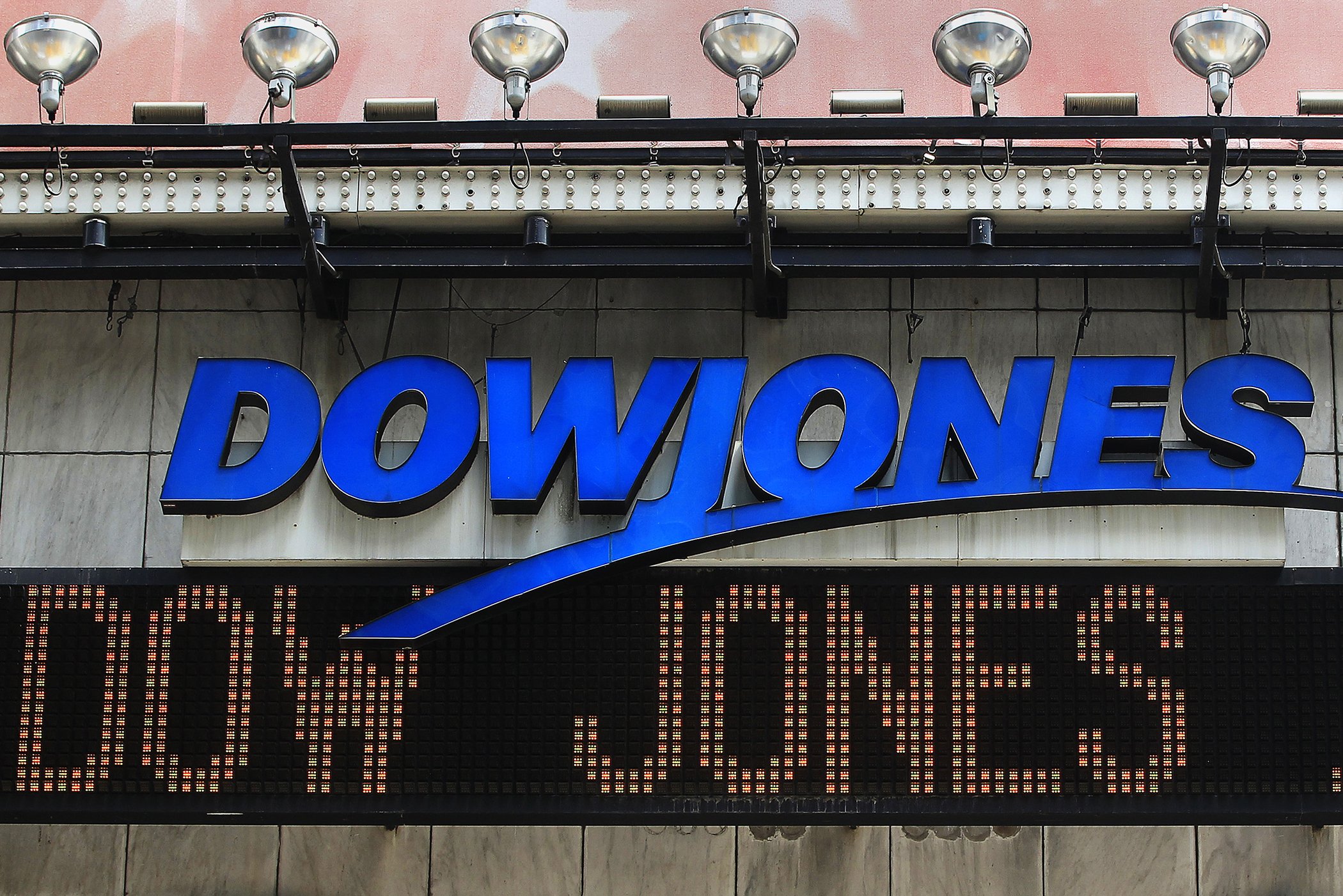
exc-6555c850f3d28b084d7cf0ca
An In-depth Look at NVDA’s Long-term Elliott Wave Update
Unveiling the intricacies of the financial world, Elliott Wave theory offers a robust framework for analyzing and predicting market trends. In this insightful piece, we dissect the NVDA’s long-term Elliott Wave projections as of November 15, 2023.
The Elliott Wave theory, a brainchild of Ralph Nelson Elliott, hinges on the concept that stock market prices move in specific patterns, referred to as ‘waves’.
“The market is a fractal – a natural phenomenon with a repeating pattern,” said Ralph Nelson Elliott, the father of the Elliott Wave theory.
The theory classifies these fluctuations into two key categories – impulse waves that denote market trends and corrective waves that signify market corrections.
print(“Hello, Elliott Wave!”)
Applying the Elliott Wave to NVDA
When it comes to applying the Elliott Wave theory to NVDA, we start by identifying the prominent waves. These waves present potential investment opportunities, given their predictive nature.
Interpreting NVDA’s Wave 1
NVDA’s Wave 1 witnessed a surge from 140 to 500, indicating a robust bullish trend. This dramatic rise underscores the inherent potential of NVDA, even suggesting a heightened investor sentiment towards the company.
Understanding NVDA’s Wave 2
Contrary to the bullish Wave 1, Wave 2 of NVDA displayed a zigzag pattern reverting to the previous Wave 4 level at 392. Such a pattern typically emerges in a counter-trend and is indicative of a short-term corrective phase.
NVDA’s Potential Wave 3
Based on the Elliott Wave principle, if the current trend breaks out above 490 (approximately 0.786 of Wave 1), it could potentially set up a Wave 3, catapulting NVDA’s value to an astounding 980-1000 in the long run.
“The third wave is typically the longest and most powerful wave in a trend,” according to the Elliott Wave theory.
Conclusion
In conclusion, the Elliott Wave theory presents a compelling roadmap for predicting NVDA’s future price movements. However, while the theory provides an insightful framework, it’s crucial to remember that market trends are influenced by a multitude of factors. Therefore, investors should use such analyses as one of many tools in their investment decision-making process.
Remember, investment in knowledge pays the best interest.







